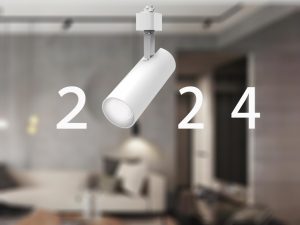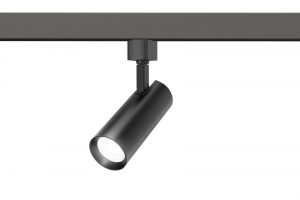Email: [email protected] Phone: +8613367605757
In today’s competitive business environment, reducing operating costs is more important than ever. One of the most effective ways companies can achieve this is by upgrading their lighting systems to energy-efficient LED track lighting. Not only does this switch help lower energy consumption, but it also aligns with the growing emphasis on sustainability in the North American market. In this article, we’ll explore how using high-efficiency LED track lights can significantly reduce energy costs, lower carbon footprints, and support environmental goals.
The Cost-Saving Benefits of LED Track Lighting
LED track lights are renowned for their energy efficiency. Unlike traditional incandescent or halogen bulbs, LEDs consume far less power to produce the same amount of light. For businesses operating large commercial spaces—whether it’s a retail store, office, or warehouse—this can translate into substantial savings on energy bills. According to the U.S. Department of Energy, LED lighting uses at least 75% less energy and lasts 25 times longer than incandescent lighting. This longevity means fewer replacements and reduced maintenance costs, further lowering overall operating expenses.
Reducing Energy Consumption and Carbon Footprint
Switching to LED track lighting is not just about cutting costs; it’s also about making a positive environmental impact. The lower energy consumption of LEDs directly reduces the demand for electricity, which in turn decreases the amount of carbon dioxide (CO2) emissions produced by power plants. For companies committed to reducing their carbon footprint, this is a significant step towards achieving their sustainability goals.
In the North American market, where consumers and businesses are increasingly prioritizing eco-friendly practices, demonstrating a commitment to reducing carbon emissions can also enhance a company’s reputation and brand value. By adopting energy-efficient LED track lighting, businesses can position themselves as leaders in sustainability, which can be a key differentiator in today’s market.
Compliance with Environmental Standards
Another critical advantage of LED track lighting is its compliance with environmental standards and certifications. In North America, there are stringent regulations governing energy use and environmental impact. LED lights are often designed to meet or exceed these standards, such as the Energy Star certification, which is a trusted symbol of energy efficiency. By choosing certified LED track lighting, businesses can ensure they are in full compliance with local regulations, avoiding potential fines and contributing to a healthier planet.
Practical Considerations for Implementation
Implementing LED track lighting in a commercial space is a straightforward process, but there are a few considerations to keep in mind. First, it’s essential to conduct an energy audit to identify areas where lighting efficiency can be improved. Working with a lighting specialist can help determine the optimal placement and quantity of LED track lights needed to achieve the desired illumination while maximizing energy savings.
Additionally, businesses should consider the total cost of ownership (TCO) when evaluating LED lighting options. While the upfront cost of LED track lights may be higher than traditional lighting solutions, the long-term savings on energy and maintenance make it a cost-effective investment.
Incorporating energy-efficient LED track lighting into commercial spaces offers a dual benefit: significant cost savings and a reduced environmental impact. As North American businesses continue to focus on sustainability, the adoption of LED lighting is not just a trend but a smart business decision. By reducing energy consumption and carbon footprints, companies can lower operating costs, meet environmental standards, and enhance their brand’s reputation. If your business is looking to make a positive change, upgrading to LED track lighting is an excellent place to start.




